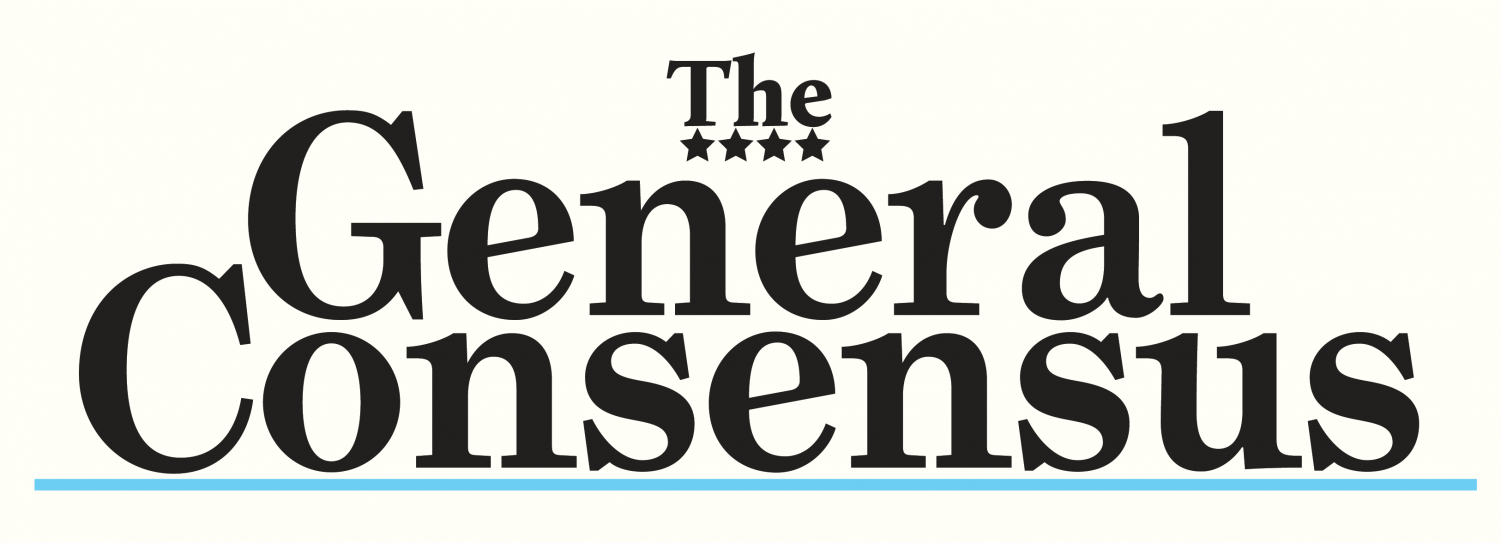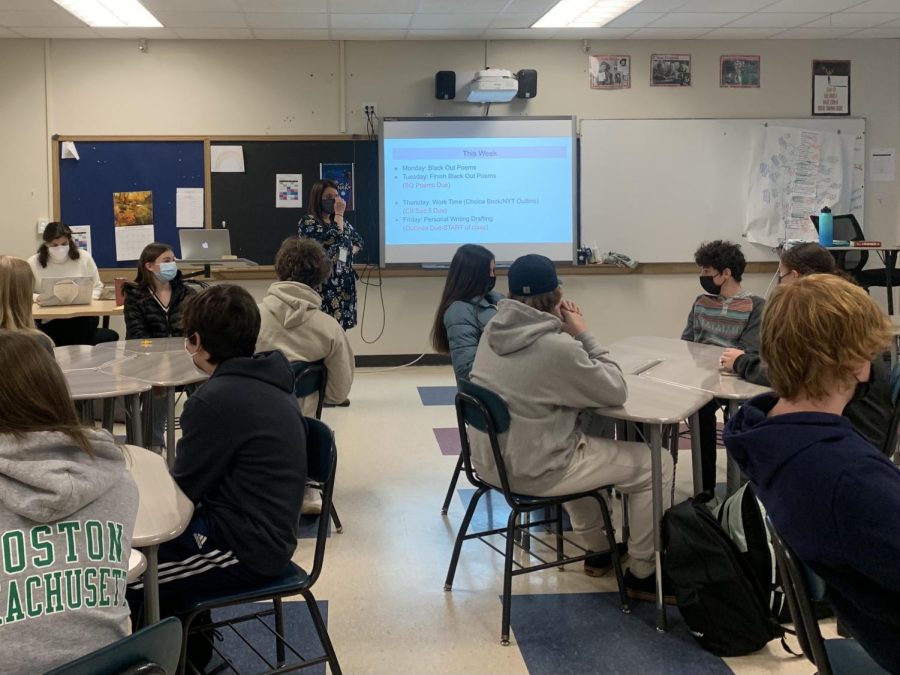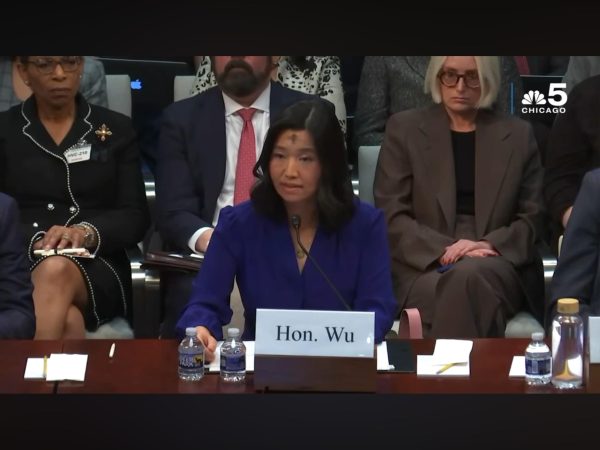Triggers, Trauma, and Teaching
How trigger and content warnings should be addressed in the classroom as sensitive conversations become prevalent in today’s society.
Ms. Sette addresses triggering content that occurs in The House on Mango Street with her ninth grade English class.
As mental health awareness becomes more prevalent both in education and society, the idea of trigger and content warnings becomes an important thing to discuss.
As societal norms have been challenged with movements like the Me Too Movement and the Black Lives Matter Movement, so too have societal norms been challenged in the classroom. As a result, conversations are taking place around topics that are uncomfortable and possibly upsetting such as assault, racism, or violence.
These conversations are important, but pose the problem of how to deal with triggering or upsetting subjects with the most care for our students who may struggle with PTSD or an anxiety disorder.
Trigger/content warnings are something that may be seen before watching a movie or television show to warn the audience of possible scenes that could cause a reaction or panic attack for people with PTSD or an anxiety disorder. However, as content in the classroom becomes more diverse, trigger warnings in curriculum are becoming part of the conversation.
The issue is that currently there is not a set standard for what qualifies as triggering. Trigger/content warnings are up to a teacher’s discretion, as a result, things may be shown without a warning or even realization of how it could affect a student with certain triggers or anxiety. When a student is upset, it affects their ability to learn and even their mental and emotional well-being.
According to The National Institute of Mental Health, it is estimated that about 5% of teenagers from 13-18 suffer from post-traumatic stress disorder and about one in three students, 31.9% of teenagers from 13-18 suffer from some type of anxiety disorder.
Of course, all of these disorders are different, but given the likelihood that there are students in every class struggling with stress and anxiety, the school should be cognizant and proactive about protocols when it comes to potentially upsetting content.
A clear protocol would help teachers know how and when to alert students of this content. It’s difficult when it’s left up to the teacher’s discretion, as currently there are no clear guidelines for what qualifies as triggering material.
I believe the school needs to have a set way of dealing with warnings that give students enough time to talk to a teacher about the content they may struggle with and create a plan together about how to approach the lesson. Whether that means a different reading, assignment, or just stepping outside the classroom for a few minutes.
One approach could be putting content and trigger warnings in the syllabi for each class. This should be clearly covered at the start of the year. Teachers should make a list of topics that may be discussed in the class that could be triggering or upsetting and then include it in the syllabus with a blurb saying something such as: If any of the topics on this list may cause an issue come and talk to me and we can discuss when the issue will come up and how we can work together to find an alternative or give you a warning on the day of.
Mental health is a sensitive and often private topic. As a result many people may misconstrue a students need to leave during a conversation therefore finding the balance between content and sensitivity is complicated.
Kids and teachers alike may assume a claim of metal health or anxiety is an excuse or a way of getting out of class. While this could be an issue in a few circumstances, our school has a great group of adjustment counselors that can reach out to students who need to miss class or be excused from certain materials. They can confirm that the students need this support and are getting the help they must have. After all, mental health is not something that should be taken lightly or as an excuse to get out of class simply because it is not one. These conditions are real and have to be treated as such.
Other people may worry that content warnings are just a way to avoid conversations about difficult topics. Hard topics can and should be discussed in high school since the students are almost adults and will have to have hard discussions later in life. I do not support censoring materials and subjects in our high school at all, and that is why I am not arguing for sensitive topics to be removed from a curriculum. Rather, that the material remain but with appropriate warnings and protocols in place.
Currently the adjustment counselors at HWRHS are working towards creating a better environment for students struggling with PTSD or anxiety disorders. While trigger/contents warning in syllabi may be one way to approach the issue if students have different ideas I encourage them to get involved by emailing Ms. Trimbly at [email protected] or Ms. Howland at [email protected].
Sophie Keys is a senior at Hamilton-Wenham Regional Highschool and a student journalist for the General Consensus. She’s taking a journalism course...









